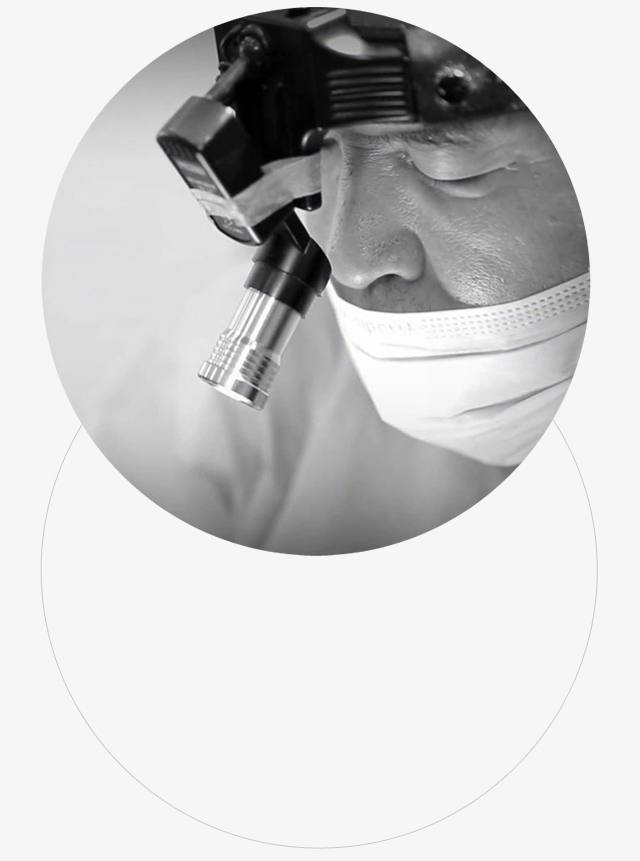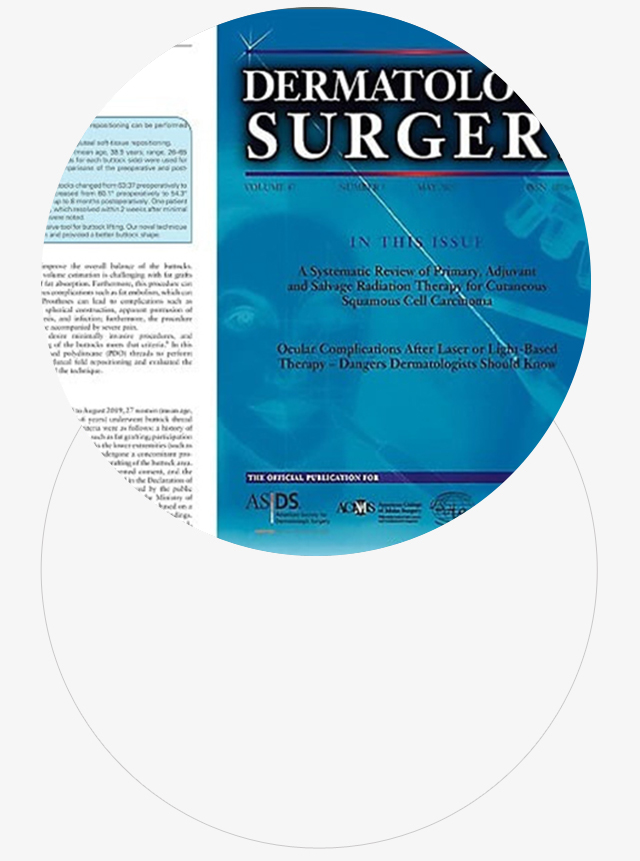


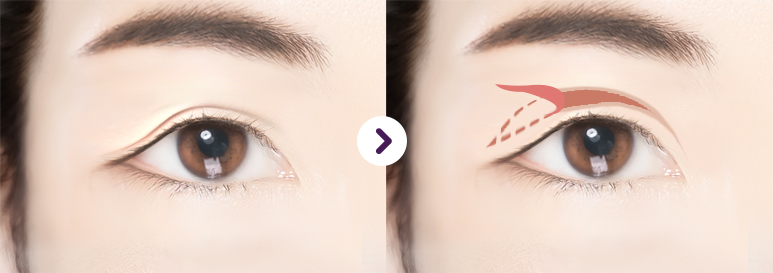
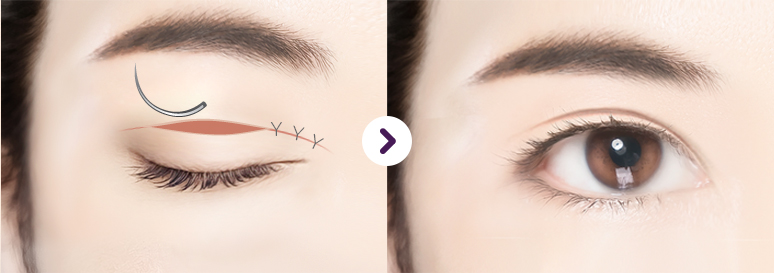
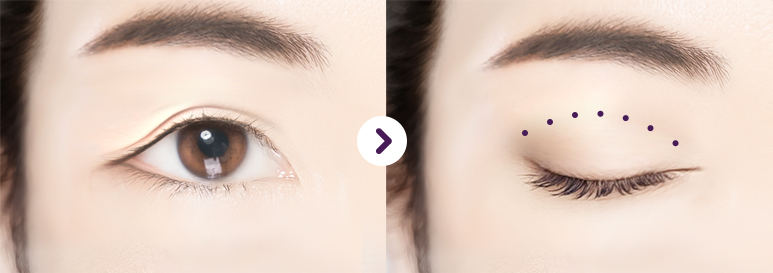
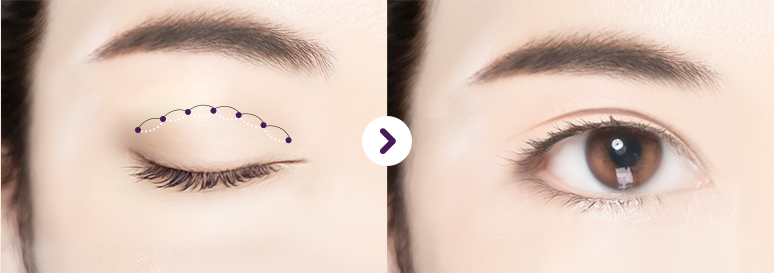

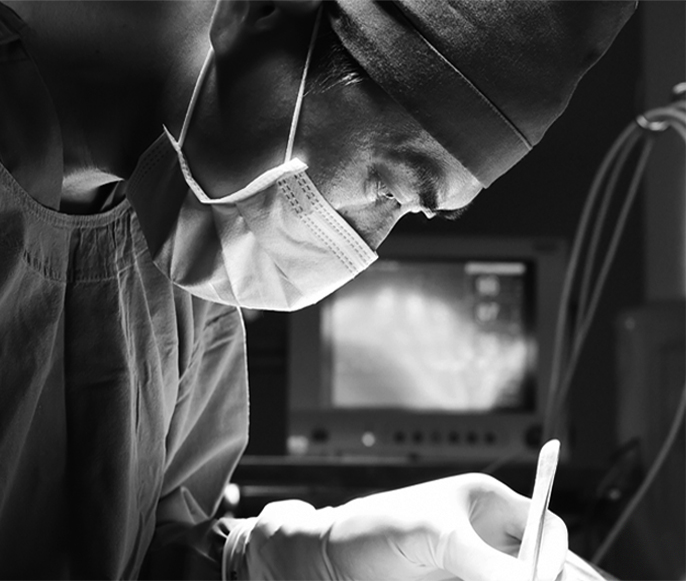
Q.What Are the Differences Between Double Eyelid Surgery and Upper Blepharoplasty?
A.
Double eyelid surgery involves making incisions in the eyelid's skin and muscle to create a double eyelid fold, enhancing the shape and size of the eyes.
In contrast, upper blepharoplasty primarily addresses sagging skin on the eyelids that occurs with aging.
During this procedure, incisions are made to tighten sagging muscles and remove excess skin and tissue, improving eyelid sagging and reducing fine wrinkles.
Upper blepharoplasty can also reveal hidden double eyelid lines or create a new double eyelid fold.
In cases with significant signs of aging, upper blepharoplasty is often recommended over double eyelid surgery.
Q.Will There Be Noticeable Scarring?
A.
Most eyelid surgeries are performed using techniques that minimize visible scarring.
However, slight scarring may occur depending on individual surgical methods.
These scars can often be managed through laser treatments or scar-reducing prescriptions, allowing for minimal disruption to your daily life.
Q.Are There Any Side Effects?
A.
All surgeries carry the potential for unexpected discomfort or side effects.
To minimize these risks, it is essential to consult with experienced specialists and carefully follow post-surgery care instructions.
If you experience significant discomfort, severe bleeding, heat sensation, inflammation, or any other concerning symptoms, it is important to promptly contact the clinic for appropriate care.
Q.Will It Be Painful?
A.
Post-surgery pain is typically mild, but some discomfort may occur as the anesthesia wears off.
Diligently following post-surgery instructions and guidelines, along with taking all prescribed medications from the clinic, can help prevent inflammation and alleviate pain.
Q.When Can I Return to Daily Activities?
A.
Aside from the surgical mark being noticeable and slightly uncomfortable, the typical recovery period for bruising and swelling is around 2 to 3 weeks.
After this period, you can resume daily activities such as applying eye makeup and wearing contact lenses.
Over the following 3 to 6 months, the tissues affected by the surgery will gradually heal, resulting in a natural outcome.
By following the post-surgery instructions provided by the hospital, you can expect a faster recovery and more stable surgical results.
Q.What Are the Post-Surgery Precautions?
A.
Prior to the surgery, the clinic will provide you with explanations, consent forms, and pre-surgery instructions.
After the surgery, the clinic will provide post-surgery instructions as well as prescribed medication.
Some important post-surgery instructions include abstaining from alcohol and smoking for about a month to prevent bleeding and infection.
If you experience itching, swelling, or allergic reactions around the eyes while taking antibiotics after the surgery, discontinue the medication and visit the clinic.
It is advisable to avoid getting water on or around the eyes for about a week. To reduce bruising, swelling, and bleeding, cold compresses can be applied for approximately 2 to 3 days after the surgery, followed by a combination of warm and cold compresses after one week, along with light walking.
It is important to avoid positions that increase blood pressure around the eye area, such as bending over.
Q.Is There Anything I Should Do Before the Surgery?
A.
Before the surgery, you should avoid eating or drinking anything for 4 hours, as sedation anesthesia will be used.
Additionally, discontinue any medications that may interfere with hemostasis, such as aspirin, omega-3 supplements, blood circulation medications, and arteriosclerosis drugs.
If you have any medical conditions, please continue taking your prescribed medications as instructed.


 힙업리프팅으로 애플힙 뒤태 만들수있나요? 힙업성형 Q&A
힙업리프팅으로 애플힙 뒤태 만들수있나요? 힙업성형 Q&A

 어깨필러 상담부터 시술과정까지, 직각어깨 REAL 현장
어깨필러 상담부터 시술과정까지, 직각어깨 REAL 현장

 쌍수하고 술 언제부터 마셔도 되나요?
쌍수하고 술 언제부터 마셔도 되나요?



